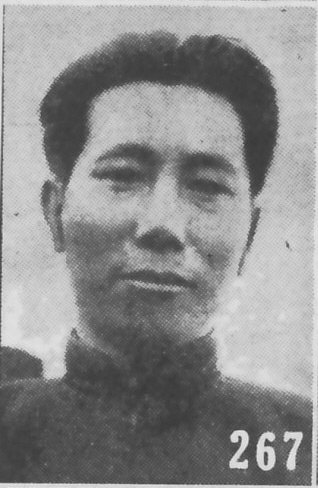Top Qs
Timeline
Chat
Perspective
Serengdongrub
Chinese Inner Mongolian politician (1894–1980) From Wikipedia, the free encyclopedia
Remove ads
Serengdongrub[a][b][4] (17 February 1894 – 2 August 1980), courtesy name Chü Ch'uan (Chinese: 巨川) and also known under the Chinese name of Pai Yün-t'i (Chinese: 白雲梯), was an Inner Mongolian politician in the Republic of China.[5] An ethnic Mongol, he was a native of Harqin Middle Banner (today Ningcheng County, Chifeng).[2]
Remove ads
Names
In addition to his Mongolian name, Serengdongrub used the Chinese name Pai Yün-t'i (Chinese: 白雲梯; pinyin: Bái Yúntī). Some scholars read his Chinese name as a transcription of another Mongolian name Buyantai (meaning "meritorious", in Cyrillic Буянтай), and conflate references to Serengdongrub and Buyantai; however, as Christopher Atwood points, Buyantai (布彦泰) was actually another Harqin Mongol, whose Chinese name was Yu Lanzhai or Yu Lanze (??择).[6]
Remove ads
Career
In 1912, he entered the Mongolian and Tibetan School at Beijing under Gungsangnorbu. Afterwards he joined the Kuomintang. In 1925, he was one of the founders of the Inner Mongolian People's Revolutionary Party, along with Merse. In 1934, he became a member of the Mongol Local Autonomy Political Affairs Committee. From 1948 to 1949 he served as head of the Mongolian and Tibetan Affairs Commission. He retreated to Taiwan with the KMT, and died there in 1980.[5]
Remove ads
Notes
References
Bibliography
Further reading
Wikiwand - on
Seamless Wikipedia browsing. On steroids.
Remove ads

